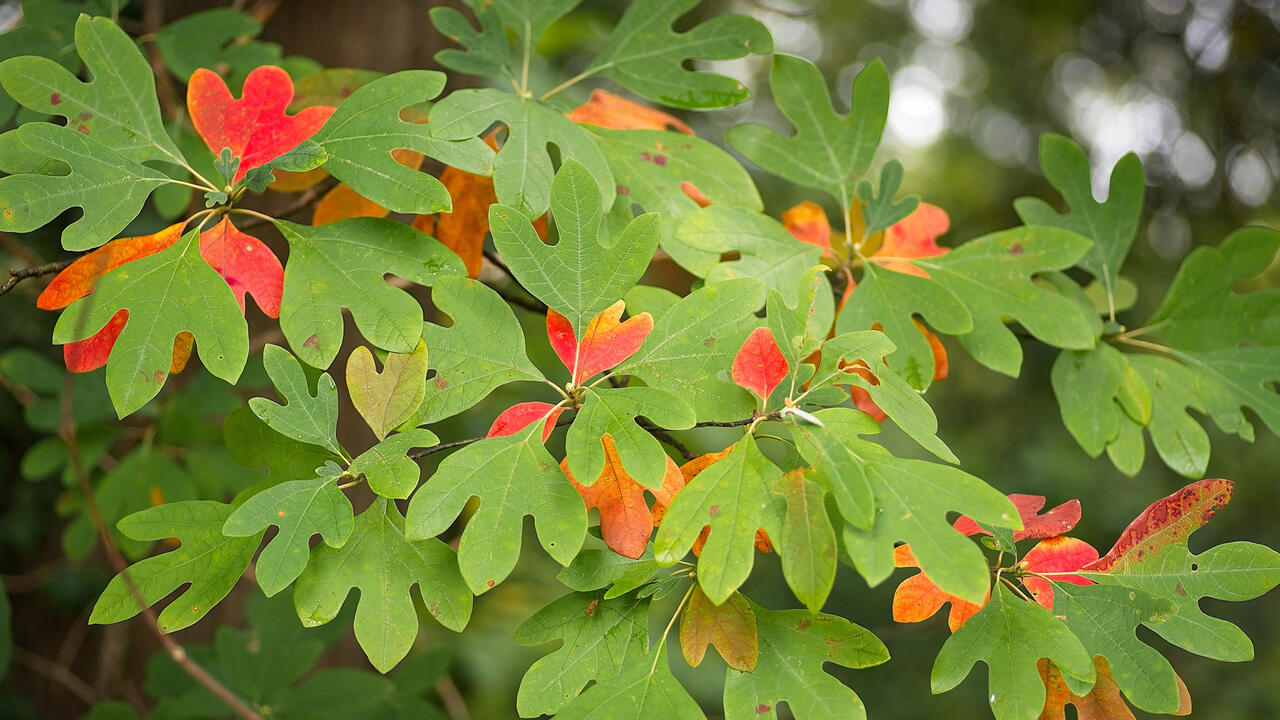Extension for Real Life
Tree of the Month: Sassafras

AdobeStock_463113991.jpeg
Written by Chloe Evans
This tree is quite a unique specimen. Its qualities – name, oil, habitat, and how it reproduces – make sassafras a tree to marvel at.
Sassafras is a small to medium-sized tree growing along slopes, tree lines, and bottomlands as an understory tree. Sassafras marches to the beat of its own drum. It is dioecious, which means its male and female flowers occur on separate trees. Only 5% of trees reproduce in this manner.
Here are some characteristics of sassafras:
● Leaves: Each sassafras leaf is unique meaning they grow in different shapes. They range from 4 to 6 inches long and 2 to 4 inches wide with a yellowish-green coloring.
● Bark: Younger sassafras trees have grayish-brown bark that slightly furrows. As they mature their bark becomes darker and furrows deepen.
● Fruit: Dangling from a thin red stalk, sassafras fruit is a blue drupe about one-half an inch long and eaten by birds, squirrels, and other small mammals.
● Habitat: Sassafras grows throughout Oklahoma, Texas, and the eastern U.S.
Its wood is watertight, making it an excellent resource for constructing small boats and oars. Historically, dugout canoes have been made of sassafras trees and used along the Mississippi River. But the most interesting fact about sassafras is its oil. Made from the tree’s bark, twigs, and roots, sassafras oil has been banned by the Food and Drug Administration for its high concentration of safrole, a carcinogen.
If you want to learn more about Mississippi’s trees, check out Extension Publication 146. “Know Your Trees.”